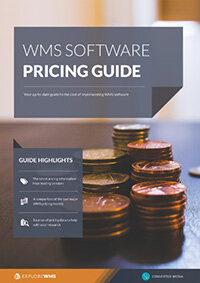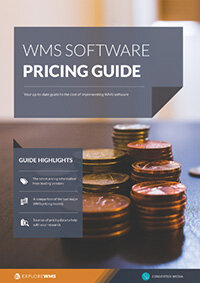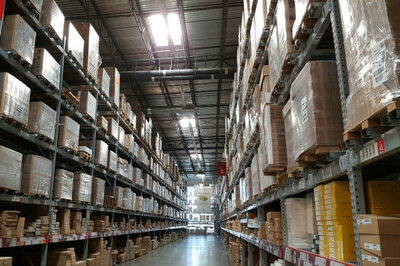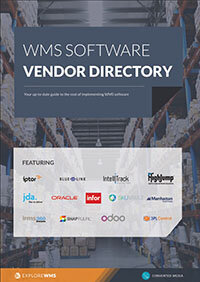How will your WMS make you money?
The first step in determining what kind of payback you might get from a new warehouse system is to clearly articulate your potential WMS’ ROI. Warehouse operations play a different strategic role for logistics companies than they do for retail organizations, and both of those are different from the role of warehousing in manufacturing. Understanding your warehouse’s role in overall operations has an important bearing on understanding the potential of your WMS to increase profitability.
Working out your warehouse costs
The next step is list all of the costs you and your team can associate with warehouse operations. An easy way to start is to imagine no warehouse operations at all – what costs would immediately disappear? A normal list might include (but not be limited to):
- Direct and indirect labor
- Administrative and management costs
- Overhead costs such as insurance, benefits, taxes, and utilities.
- The expense (or depreciation if owned) of equipment, such as fork lifts, packing stations, and conveyor systems.
- Costs of land and building, whether owned or allocated.
- Yield loss of product, through damage, misplacement, or errors
- Supply costs of packing materials, labels, inserts, printer inks, etc.
- Any ongoing costs of maintenance, such as rack repair, process control systems, etc.
- Failure cost from ineffective operations, inclusding:
- Expedited freight from late shipments
- Financial penalties from customers for missed fill rates or late deliveries
- Inventory obsolescence
- Shipping errors resulting in returns or credits
- Inefficient loading resulting in detention charges
- Revenue loss from dissatisfied customers
The third task is to estimate how much cost is associated with each category in your list. Explicit costs like labor and overhead should be accurate and easily obtainable from accounting. Less stringently measured costs, like yield loss, or revenue loss, may require an educated guess that passes a reasonability test.
The final step is to identify where a WMS might lower costs, and to quantify what the impact would be worth to you. Don’t expect your new system to impact every category. Some categories might require two-step thinking. If a WMS system could decrease the amount of inventory needed, could the cost of land and buildings go down? Also, try to be honest about where WMS costs might increase after implementation (annual maintenance fees, for instance).
Understanding savings risks
The objective of this exercise is to arrive at a common-sense understanding of how warehouse operations will improve as a result of a WMS, and to appreciate where the savings risks are. For instance, if all of the savings are based on direct labor productivity improvement, there is more financial risk than if savings are expected to come from multiple streams.
Generally, there are a few key items which drive the financial payback. Knowing these, and feeling confident that a warehouse management system will enable you to obtain them will help you sell the request to the C-level with confidence, and pick out the WMS which offers the best ROI for your company.
Free white paper

WMS software pricing guide
Your up-to-date guide to the cost of WMS software

Featured white papers
Related articles
-

WMS implementation guide including checklist & project plan
A guide to the entire WMS implementation process - from change management planning to go-live
-

Mission-critical features of food lot traceability software
What features of food traceability software will help you during a food recall
-

Warehouse picking and packing processes: how much labor do you need?
Logiwa's Erhan Musaoglu shows you how to calculate picking and packing labor requirements for you...


